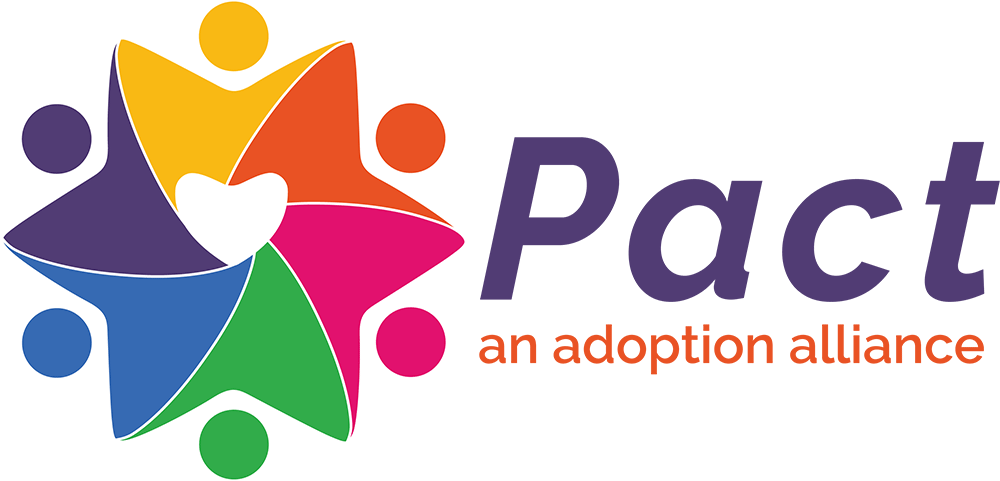Alternative Altars: Honoring the Loss in Adoption
by Martha Rynberg
2011
Loss and grief are embedded in the experience of adoption. Often this loss is made invisible by the tremendous joy that new parents feel. This joy can mask the grief adoptive parents have experienced on their path to parenthood, and it can blur the ability to see a child’s grief at losing connection with their birth family. No matter how open an adoption, or how young the child is at time of placement, there is always a loss of significant relationships in adoption. The traditions of the Mexican holiday Dia de los Muertos (Day of the Dead) remind us that there is value in remembering and revisiting our losses.
As adoptive parents we can be intimidated by the mere idea of our kids’ reaction if we bring up “hard stuff” like adoption grief and loss. However, when we create space for our kids to have their own complex feelings—in an experience that is ever-unfolding—we are offering to stand with them in those feelings. This is the work of connection and attachment.
Every November 2nd, Dia de los Muertos provides an occasion for acknowledging loss and remembering loved ones who are no longer with us. While it is important to honor this cultural holiday and not appropriate it for other ends, there is much we can learn from it about the role of ritual in processing loss. When we create an altar for Dia de los Muertos, placing in it items that are filled with stories and memories about the departed, it helps us hold a part of ourselves we might not be able to access all the time. Dia de los Muertos invites us to revisit loss—and it invites us to celebrate those we miss.
I do not recommend installing a Dia de los Muertos altar in your home that is sprinkled with adoption-related artifacts. In most cases, our children’s birth families are not deceased, and it’s important to not confuse all loss with death. Instead of changing a cultural holiday to fit our family, we can be inspired to create our own tradition. A family can respectfully create an adoption altar any time of year. It can correlate with a child’s birthday, Mother’s or Father’s Day, or perhaps the date a child’s adoption was finalized. If there are multiple adoptees in your family, everyone could have their own altar or you could all decide to build one together.
An altar is a dedicated space with items that are specifically selected for their meaning. An altar can be on window sill or small table, on a shelf or mounted to a wall. An adoption altar could have photos/drawings of foster family and birth family, items that represent foster/birth family members (a baseball for a older sibling who plays Little League, a wooden spoon for a grandmother who loves to cook, a toy car for a uncle who is a mechanic). It could have the state bird or a commemorative quarter of the state in which your child was born. It could have your child’s hospital tag, a note from a birth parent, and a poem written by your child about adoption. It could have a napkin from the restaurant where your child’s birth and adoptive families met for the first or last time. If this list makes you feel sad, that’s okay. It’s not “making” you feel sad, it’s reminding you of a sadness that was already there. The more we practice sitting with our sadness, the more room we make for our kids to share theirs with us.
Don’t worry about making the altars perfect. Your child’s adoption altar can change as often as your family wants it to. You might light candles or recite a prayer from your family’s tradition. You might dust all the items and rearrange the composition at the change of each season. The most important part of creating an altar is that all the items be meaningful.
While parents will need to initiate the altar project, we can empower our kids to choose the “right” items. We can listen to them tell us what holds the story/memory/feeling. In doing so we might learn a lot about our kids and the story that lives inside of them.
Martha Rynberg is an adoptive mother and director of the Solo Performance Workshop. She previously worked as Pact’s Transracial Adoption Specialist and LGBT Family Consultant.
